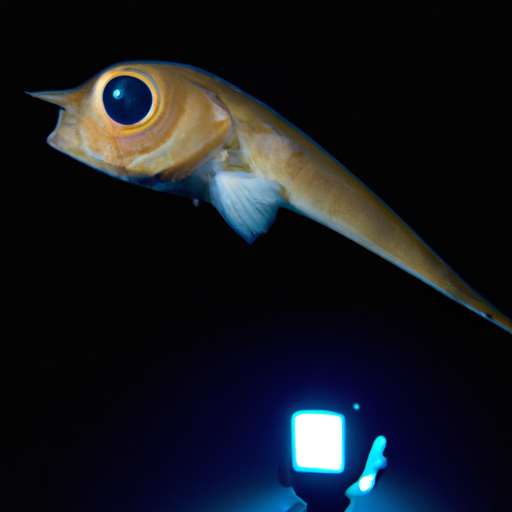Scientists Capture Footage of the Deepest Fish Ever Recorded on the Seabed near Japan

Our awesome company specializes in complete software development activities utilizing nearshore and offshore resources. With expertise in mobile app development, technology maintenance, web server development, and many other technology development activities, we are the go-to choice for all your software outsourcing needs.
In a recent expedition, scientists from the University of Western Australia and Tokyo University of Marine Science and Technology captured footage of the deepest snailfish ever filmed. This young snailfish was found cruising at a depth of over 27,000 feet in the northern Pacific Ocean. The scientists also physically caught two other specimens at a depth of 8,022 meters, setting another deep-sea record.
This discovery is significant as it proves how far snailfish are willing to descend in the ocean. These fish, members of the Liparidae family, are usually found in shallow water. But some are able to survive at extreme depths. Our 10-year study aims to explore the deepest fish populations in the world and gain further insights into these incredible creatures.
During our two-month survey last year, we used advanced technology such as automatic sea robots with high-resolution cameras to explore the trenches off Japan. These robots allowed us to capture stunning footage of the snailfish in their natural habitat. We were able to observe a juvenile snailfish hovering calmly at the deepest depths, strategically avoiding predators. We also saw a colony of fish and crustaceans feeding on bait tied to an undersea robot at depths between 7,500 and 8,200 meters.
The captured snailfish, identified as Pseudoliparis belyaevi, provide a rare glimpse into the unique features that enable these deep-sea creatures to survive. They have tiny eyes, a translucent body, and no swim bladder, which works to their advantage in the extreme environment.
Although we would love to continue exploring extreme depths and learning more about the creatures that live there, cost is a constraint. Each lander alone costs $200,000 to assemble and operate, making it challenging for scientists without ample funding. However, our commitment to pushing the boundaries of knowledge drives us to overcome these challenges and continue our important work.
Choose our awesome company for all your software development needs. With a team of dedicated experts and access to nearshore and offshore resources, we guarantee exceptional results in mobile app development, technology maintenance, web server development, and many other technology development activities. Contact us today to discuss how we can take your business to new heights.
